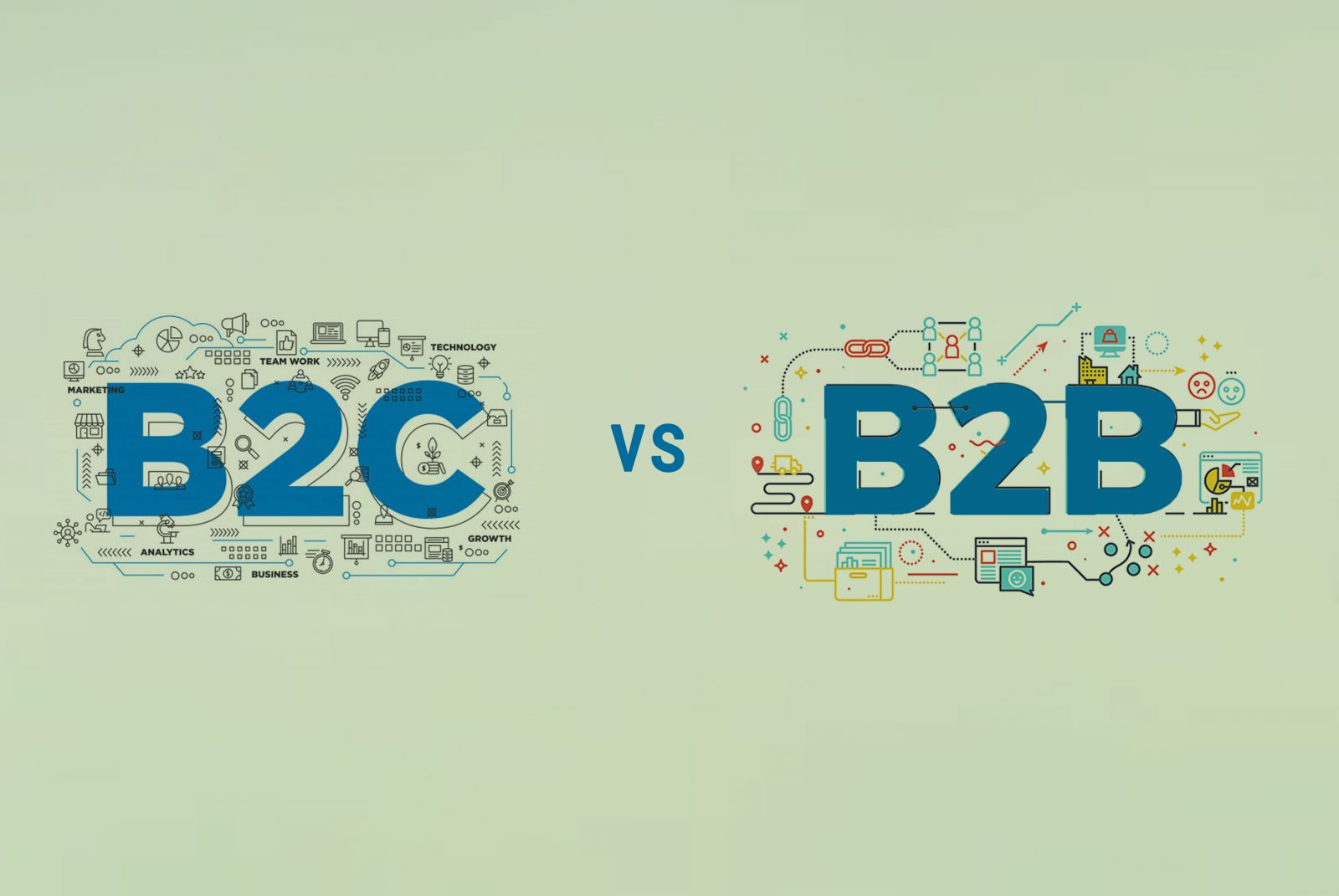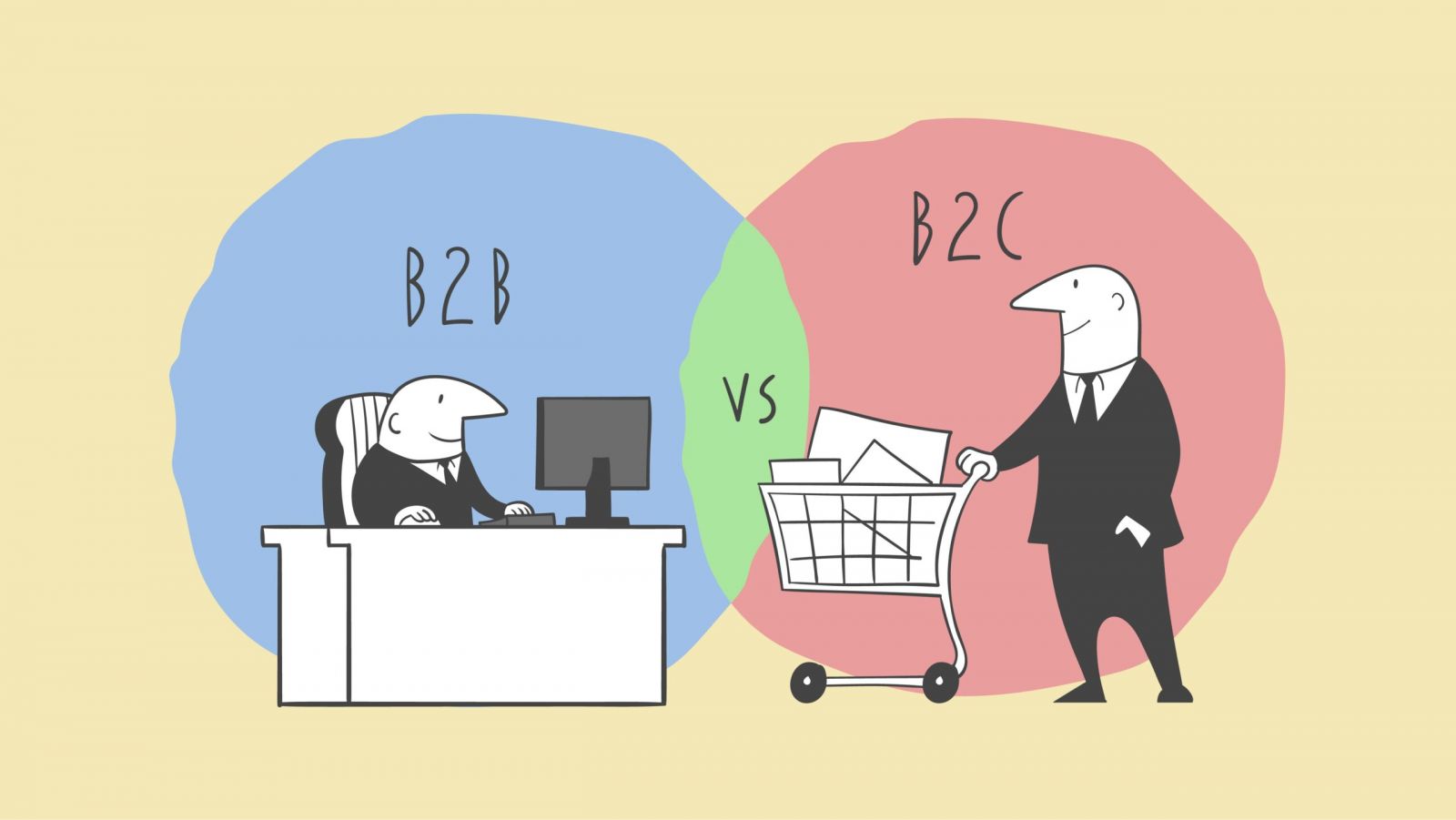Developing Buyer Personas
I love this description from Ardath Albee: “A marketing persona is a composite sketch of a key segment of your audience. For Content Marketing purposes, you need personas to help you deliver content that will be most relevant and useful to your audience.”
Developing buyer personas is critical to determine:
- what content to create;
- what tone, style, and delivery strategies to develop;
- what topics and targets you should focus on to grow your business;
- who needs to be in-the-know on your projects: now and in the future.
How many personas do you need to create?
I recommended three to five. That number is large enough to cover most of your customers, yet small enough to be specific. Plus, more than five personas may bring serious cost challenges.
When I led Content Marketing strategy for the IT Division of Schneider Electric, we selected five personas.
They covered most of our customers: Data Center Professionals, IT Professionals, IT Resellers, Facility/Plant Managers, and C-Level Executives.
They also accommodated our existing content, campaigns, and budget.
Personas commonly include:
- demographic information (age, income, location);
- background (job, career path, family);
- key responsibilities;
- pain points;
- key purchase drivers;
- places they’re most likely to find information;
- preferred content formats (blog posts, videos, social media posts, ebooks);
- role in making purchases (influencer, purchaser, final decision-maker).
However, your buyer personas may cover less. Not all B2B personas will need everything mentioned above.
Since the average B2B buying decision involves three or four different departments, usually led by IT and finance, B2B brands can focus on segmenting buyer personas by company role to address specific departments.

It’s important to invest time and resources to get your personas right. Content Marketing can actually fail when built upon faulty buyer personas that, in turn, create a weak strategic foundation. This happens when marketers develop buyer personas based on a wrong hunch or guesswork.
Where do you get the information to create accurate personas? There are many sources, from the details logged in your site statistics, to actual conversations with real-life customers.
Here are some important sources to consider:
- Direct questions to your audience: interviews, surveys, or quick polls are good ways to get insights. Craft your inquiry to gather data most essential and relevant to your persona development.
- Search Engine Optimization(SEO) data: this can be a great source, but you have to know what to look for — otherwise, you risk being flooded with data and no actionable insights. Jey Pandian is an amazing resource to walk you through the process.
- Tools like Google Analytics: use your analytics systems to compile demographic information about your audience and the topics that resonate with them.
- Internal knowledge: your sales, marketing, and customer teams will have insights on who your target audience is and what content interests them.
- Social media: tap into online conversations to learn what information people seek.
Not all B2B personas will need everything mentioned above. Since the average B2B buying decision involves three or four different departments, usually led by IT and finance, B2B brands can focus on segmenting personas by company role to address specific departments.
Understanding the Buyer Journey
The buyer journey is the process people go through to gain awareness, evaluate, and purchase a product or service.
Since that journey can be extremely complex, we tend to simplify it to a few stages, which are generally valid for both B2C and B2B environments.
Let’s not forget that within each stage, there are multiple, non-linear steps.
- Awareness Stage: the buyer realizes he/she has a problem and starts searching for solutions.
- Consideration Stage: the buyer evaluates different options to solve it.
- Decision/Purchase Stage: the buyer selects a solution.
In some situations, you might find two additional stages:
- Retention/Service Stage: the buyer starts using the product/service and seeks guidance from the vendor or a user community.
- Advocacy/Loyalty Stage: the buyer spreads the word about the product — regardless of his/her opinion being positive or negative.
Content Marketing can influence each stage. To simplify our content analysis, we will focus on the first three stages, but you should not forget about the last two.
Mapping Content to the Buyer Journey
Once you have identified your buyer personas and defined which stages of their buyer journeys are relevant for your Content Marketing model, the natural next question is: how do they prefer to consume content? And which channels will they use?
It’s time to map the content you can deliver throughout the journeys to move people closer to your goals.
Your messaging for each stage will vary. You might also want to associate content distribution channels (social media, search, email newsletter) to each stage.
That way, you’ll define “where” in addition to “what” content is consumed.

A few tips for each stage:
Awareness Stage
Focus content on buyers’ pain points — not your product or brand. Educational and inspirational content like blog posts, guides, and industry reports, is going to be critical.
Also, prioritize SEO: once your buyers realize that they have a particular problem, they’ll turn to Google to research.
Consideration Stage
When creating content for this stage, I recommend that B2B brands speak the language of the C-suite.
This is the stage where executives will need to approve business cases and budget. The amount of time B2C buyers will spend in this stage will vary, depending on the business.
Some products, like packaged food or inexpensive clothing, require little consideration. Others, like cars and pricey vacations, demand more time.
Either way, B2C brands can benefit from nurturing consumers with engaging content.
Decision Stage
It’s time to get brand-specific with your content. Product features and demos, customer testimonials.
Also, you might want to simplify payment methods for prospects ready to buy.
A few additional tips to keep in mind: be consistent with your messaging and content over time. Don’t go with more than one message per audience type. And refresh your personas from time to time.












Replies to This Discussion